Winter Safety Tips to Keep Your Pets Warm, Happy and Healthy
This time of the year can be extra challenging for pet parents. It’s cold outside, storms happen in northern climates and pets can be exposed to environmental factors that put them at risk for health and safety accidents, especially senior dogs. Plus, they still need to exercise and play, even if the winter weather creates extra hurdles to doing so. Here are a few winter safety tips to keep dog warm in winter and keep cat warm in winter.
Cold Weather Tips For Pets
Shelter
Wondering how to keep dog warm in winter? One of the most important ways is to ensure they have proper shelter to protect your dog's paws and to keep your dog's body temperature up. Pets should be brought inside, especially when temperatures drop, and always be allowed to sleep indoors in cold weather. If your pet prefers the outdoors during cold weather in the daytime, ensure they have proper shelter that allows them to take a break from the elements when needed along with access to water and food. When dealing with dogs in cold weather, provide plenty of blankets for warmth and a comfy bed for them to rest on in sheltered areas. This way your dog sleeping under blanket can snooze away comfortably.
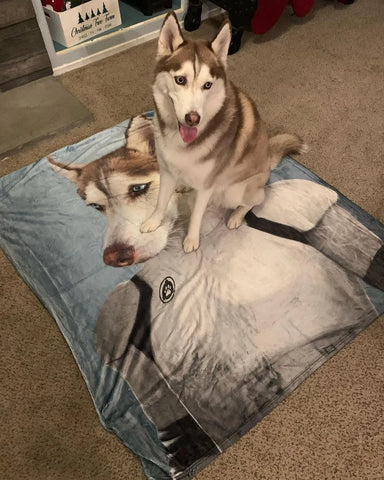
Hydration
Owners may not have hydration at the top of their minds during colder weather, but making sure cats and dogs have plenty of water during winter is just as important as during other seasons. In fact, playing in cold weather can sometimes exert more energy, causing cats and dogs to become even more thirsty. Also consider giving them warm water. If you live in an area where it snows, remember that your pet’s favorite drinking spot along trails may now be frozen. Before you head out on a walk or hike, pack water and a travel bowl just in case.
Protect your pup's paws
Snow and temperature drops can bring extra challenges when it comes to protecting the already-delicate dog's paw pads or cat’s paws. In snowy regions, dog boots may be a good idea for your dog's paw. They often take some getting used to, so practice walking indoors first so your dog's paw gets used it. Special balms can also be used to create a layer between snow and protect paw pads from chemicals used to melt the snow if boots aren’t an option, or if cats like to explore outside. Be sure to inspect dog paws after every walk and play session.
Modify play sessions
Outdoor play sessions in cold weather should be kept short. However, no matter how cold it is, pets still need stimulation and playtime to keep them happy and healthy. Find alternative options for engagement such as sniff mats, nose work or treat puzzles to keep their minds occupied. Many dog trainers or boarding facilities also offer creative solutions to help most dogs get exercise during the winter, such as treadmill sessions or indoor group play sessions.
Dress appropriately
While dogs with thick coats are often just fine during walks, some dogs with short hair or health conditions may need extra layers to stay comfortable during the cold winter. Properly fitting raincoats and sweaters can keep your dog warm and protected from the elements during daily walks, play time or potty sessions. If they aren’t used to wearing clothes, be sure to give plenty of positive reinforcement when introducing them. You also can consider a personalized dog blanket.

Update tags
Losing a pet is devastating any season, but rain and snow can make it even more challenging to locate them if they go missing. Winter is a good time to make sure all pets in your household have updated collar tags and are microchipped with your current information. Additionally, some pet companies offer GPS trackers that can be used for both dogs and cats. Outdoor cat owners may find these particularly useful.
Safety accessories
Winter brings limited daylight for humans and pets alike, but that doesn’t mean you can’t still walk or exercise your dog. Safety LED collars, leashes and harnesses can ensure you are seen by cars even when walking in the early morning or at nights. Some pet companies also make clothing and accessories for humans to wear while on dog walks, including reflective and LED jackets.
Stay vigilant
In addition to some of the more obvious winter safety precautions like keeping dogs and cats warm, there are less-obvious dangers that pet owners should consider during winter, such as toxins. Us humans use chemicals like anti-freeze to keep ourselves safe without much consideration to how attractive these can be to animals. If you must use toxic chemicals, keep them out of reach of dogs and cats.
Be ready for emergencies
While emergencies can arise any time of the year, winter poses extra risk. To stay prepared, keep phone numbers for emergencies handy, including your local veterinarian, the closest after-hours emergency veterinarian and a 24-hour animal poison control number. To minimize panic and time lapsed if an emergency does occur, add notes about business hours for each of the contacts in your phone.
Watch out for animals
During the winter, many wild animals hibernate, or steer clear of elements by hiding out in dens. However, wild animals still venture out for food and can behave differently in winter. While out on walks, stay alert to avoid crossing paths with animals and, depending on where you live, it may be a good idea to carry bear spray. If you have a small dog and live in an area populated by coyotes, you may consider a coyote vest to keep them safe outdoors.
Check your car
It can be easy to slip into autopilot when leaving your house but taking a few extra minutes to check under your car, behind tires and even under your hood for pets and small animals could save a life. When it gets cold, animals are drawn to the warmth and shelter of vehicles and sometimes hide in small spaces. Before turning your engine on, take a lap around your vehicle to be sure neither your own pets or your neighbors' aren’t snuggled up.
Welcoming a pet into a home and your life means making a commitment to keeping them safe and happy all year-round. With just a little preparation, you can ensure your pets live the life they deserve, and continue making wonderful memories together during cold temperatures in winter and beyond. We hope these cold weather tips for pets and pet's paws were helpful and good for plenty of friendly dog licks. Also, consider shopping for pet picture gifts for the walls of your home when you are stuck indoors during winter.
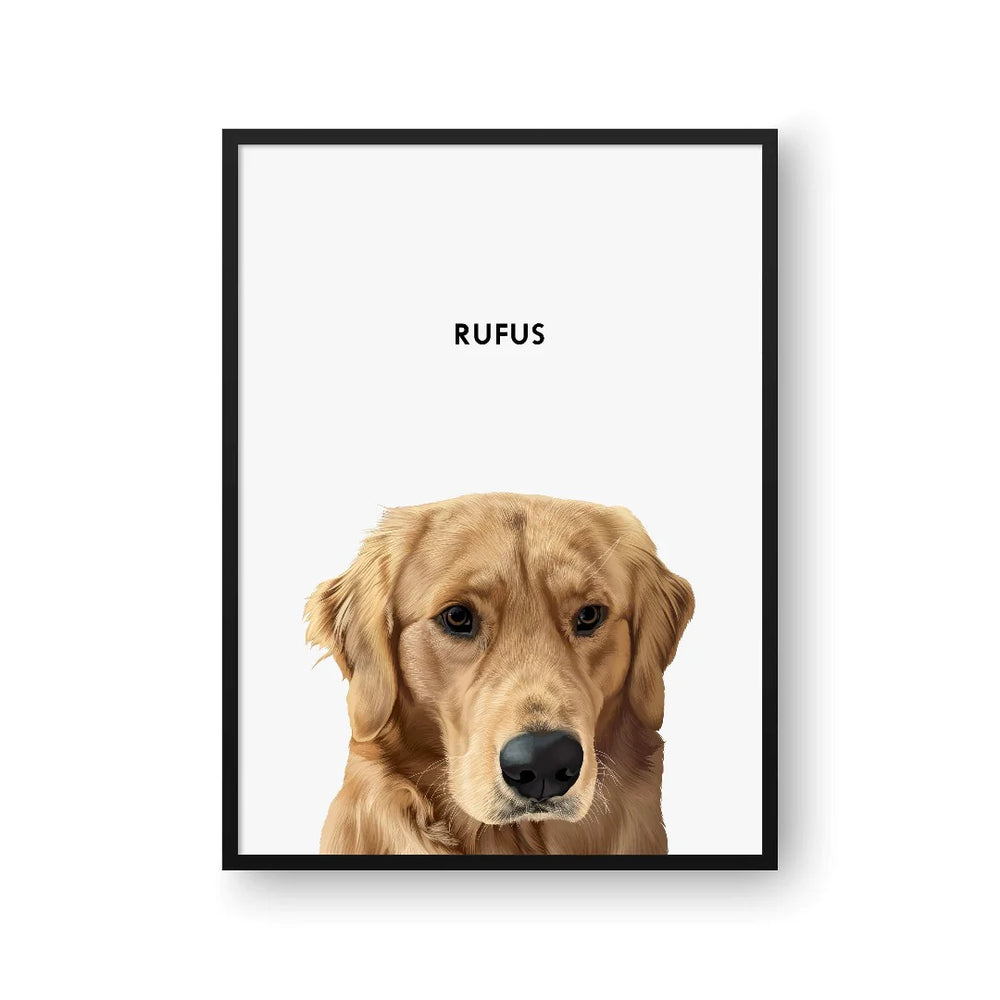



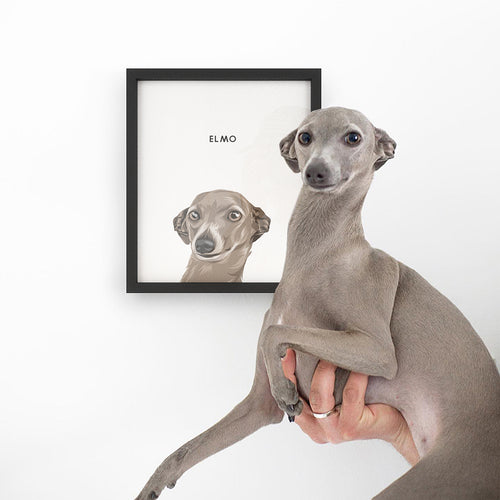
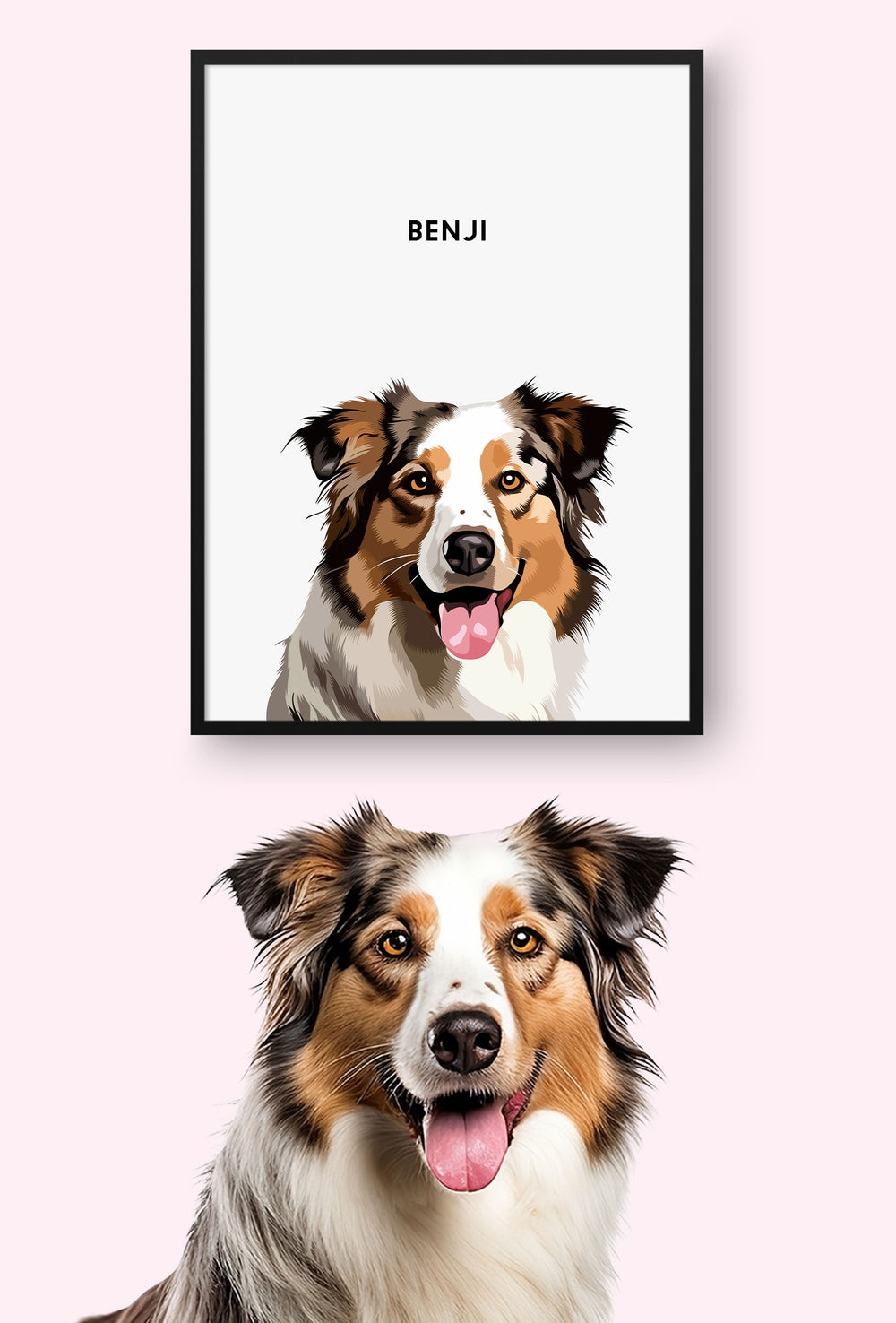
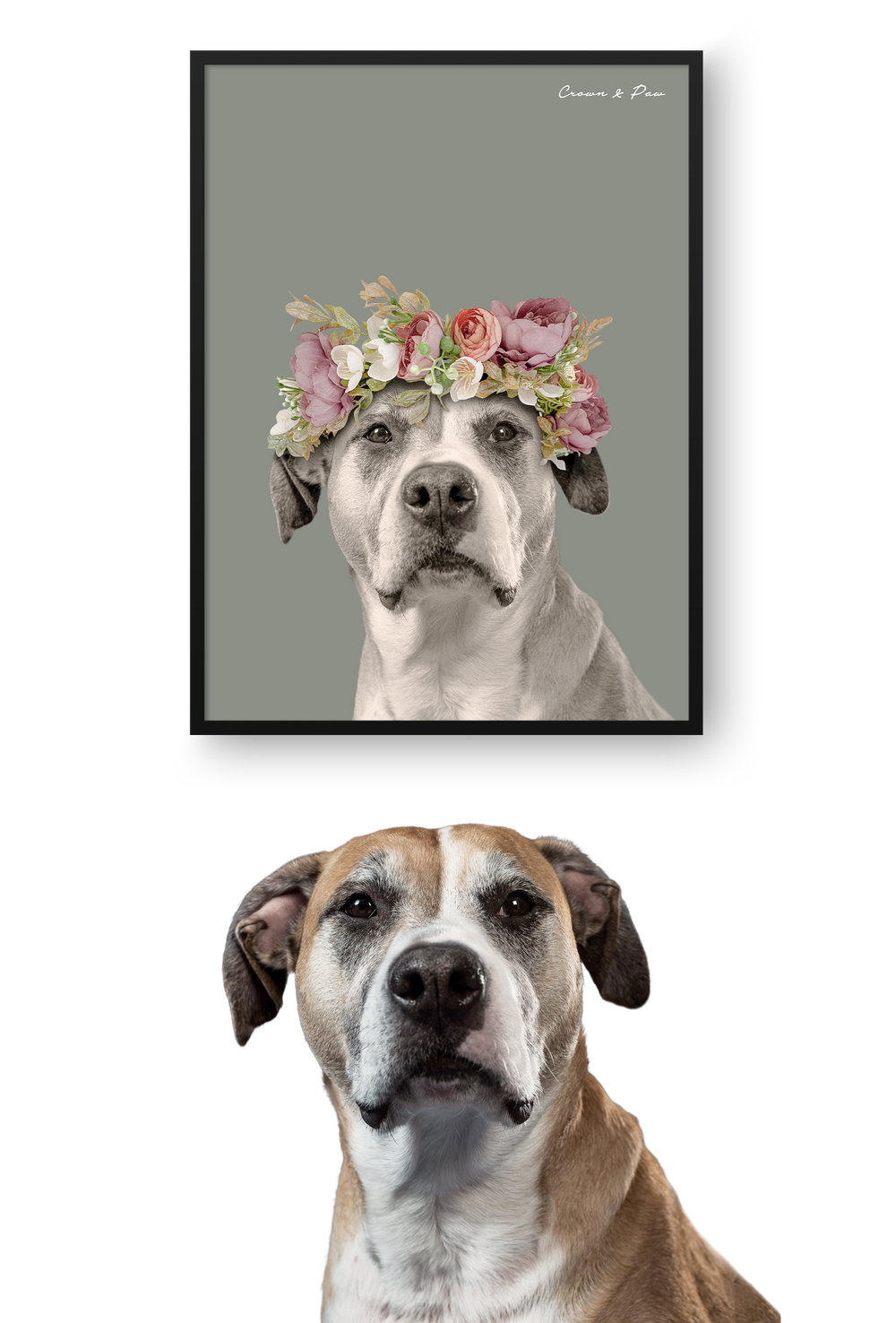
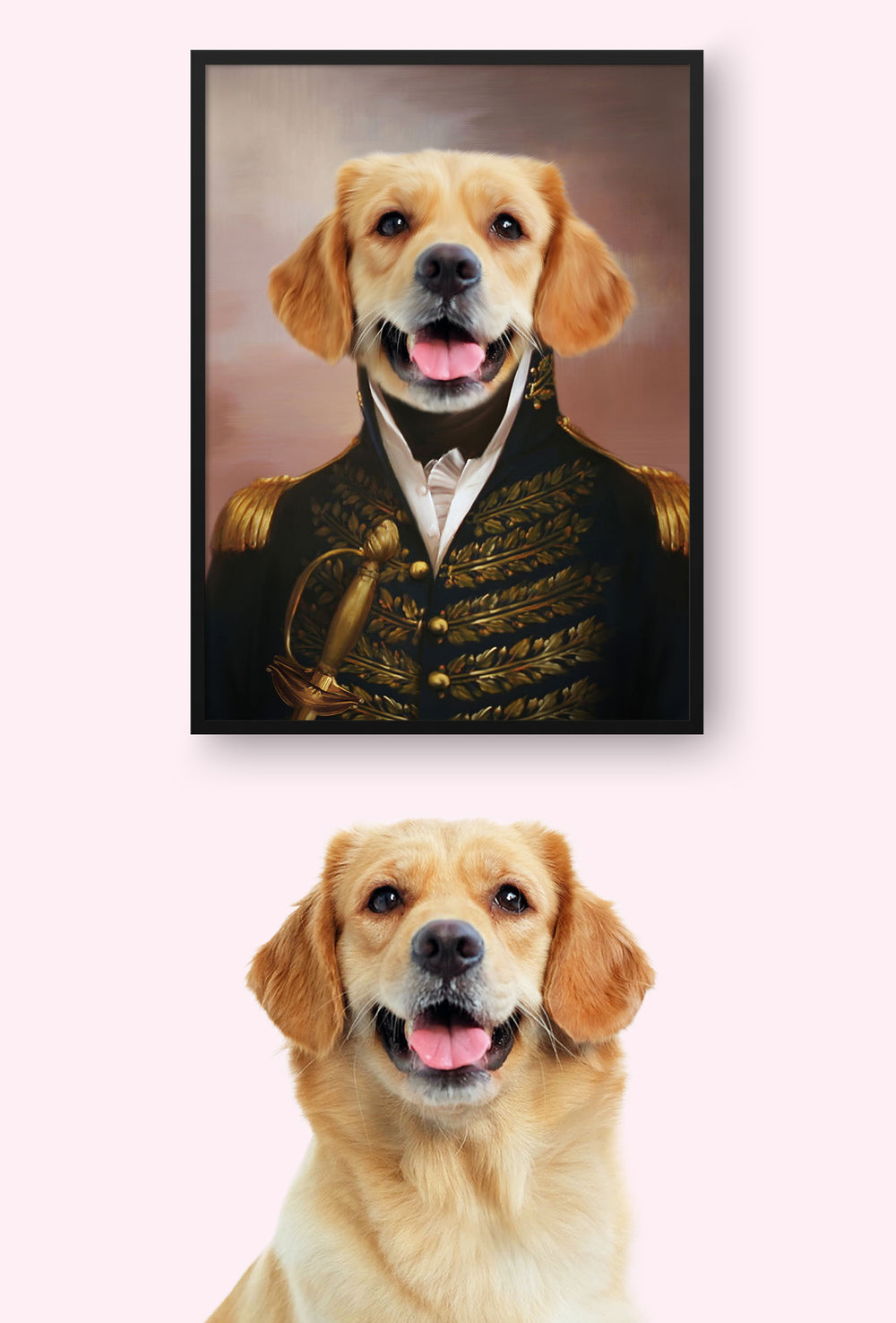
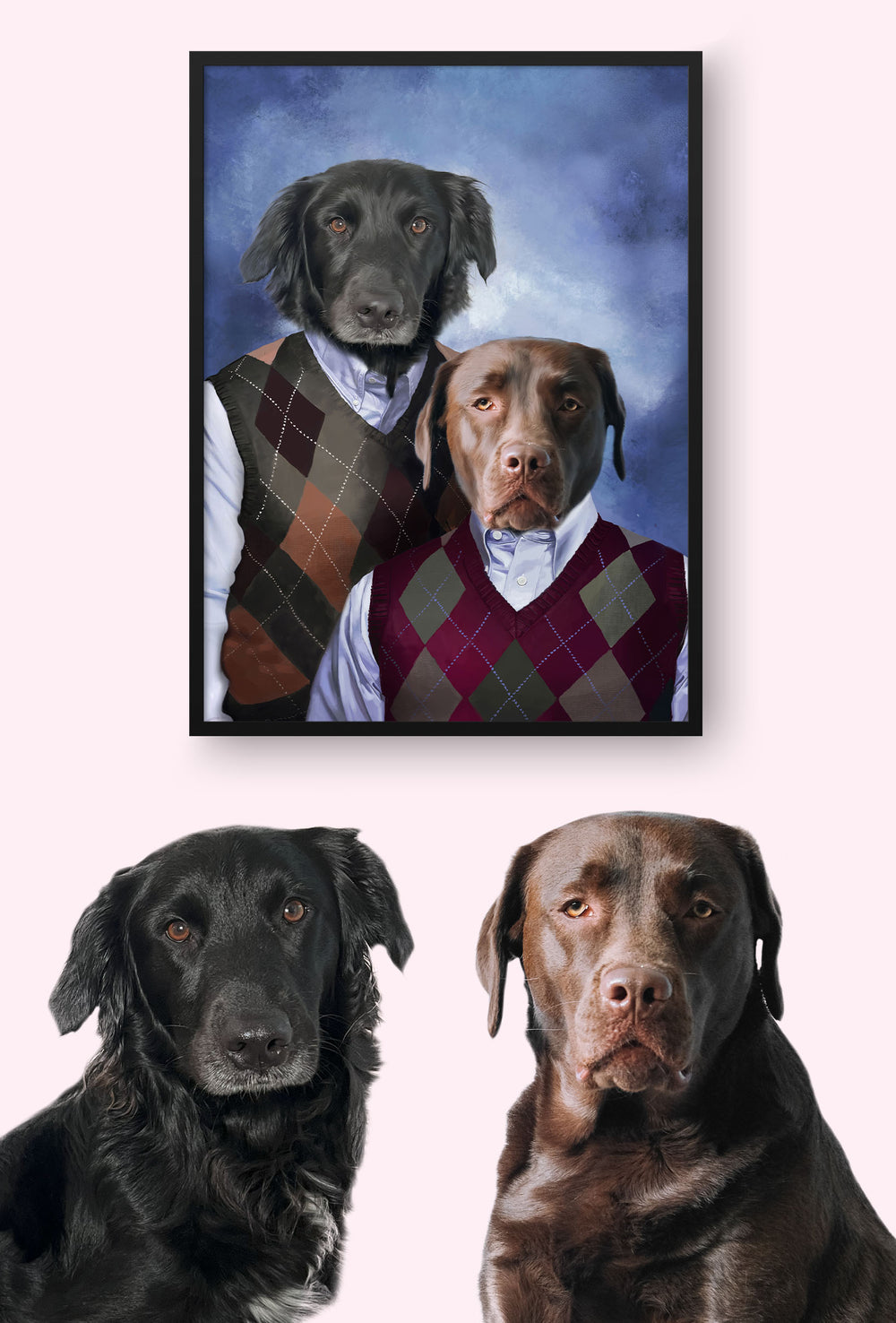
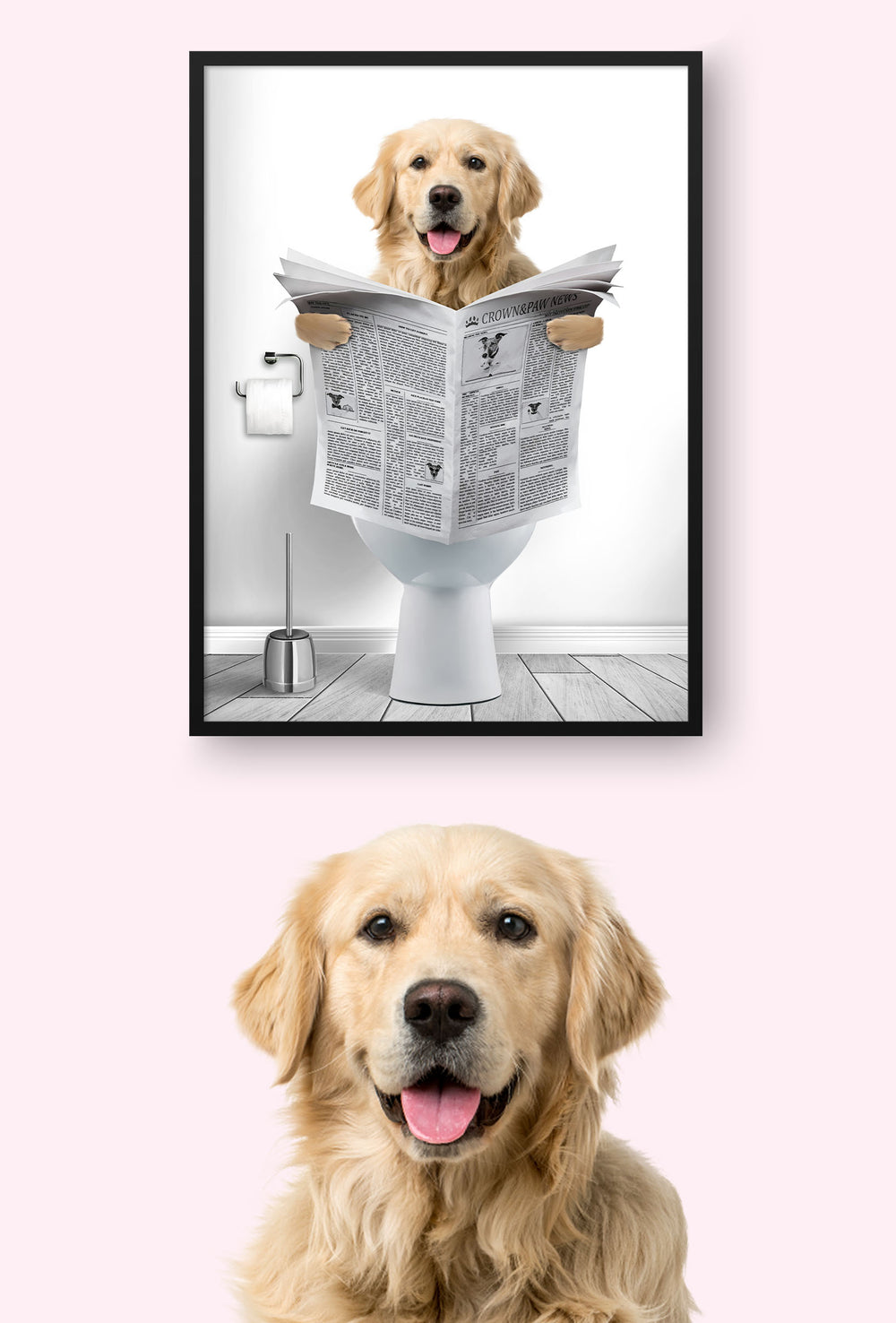
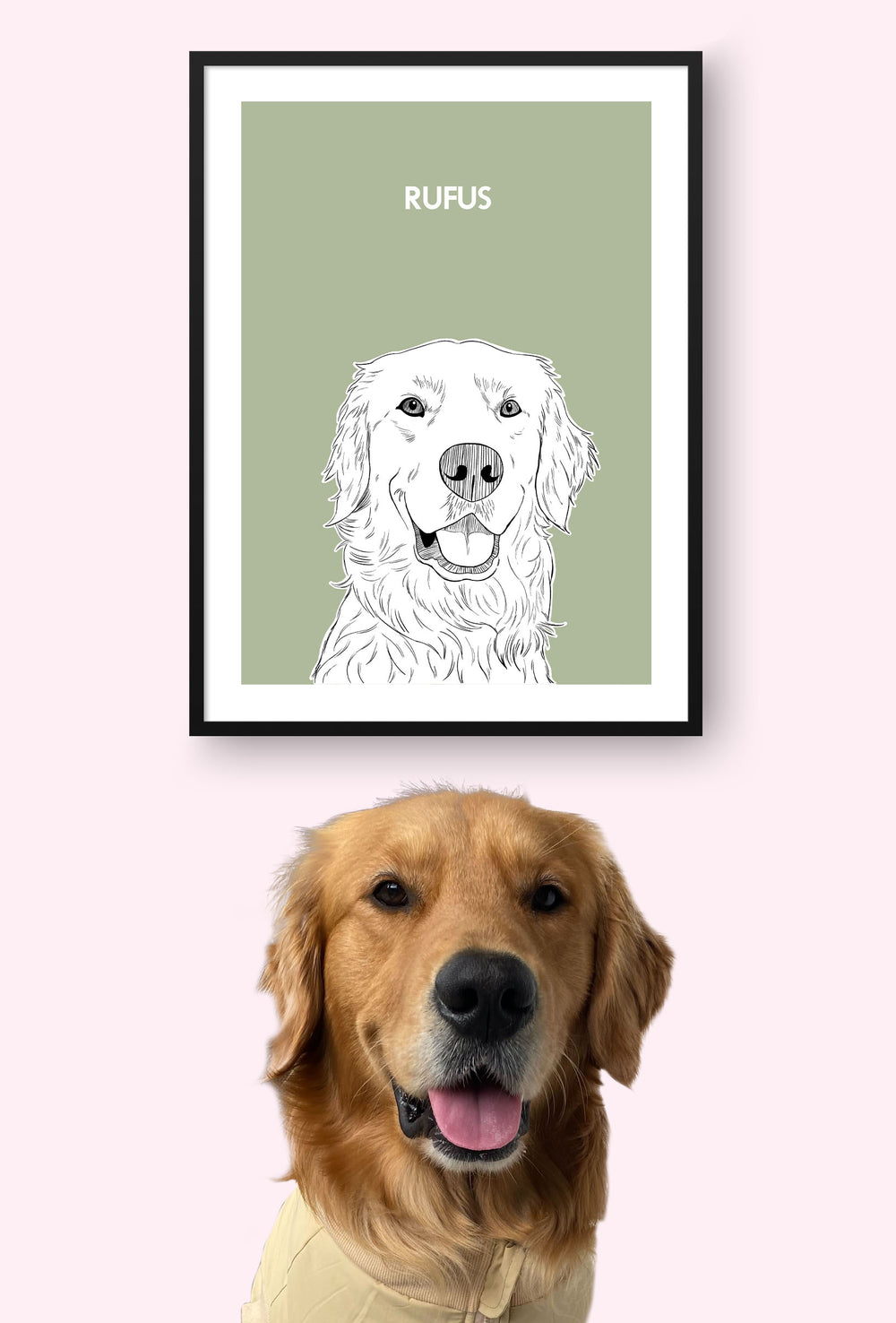



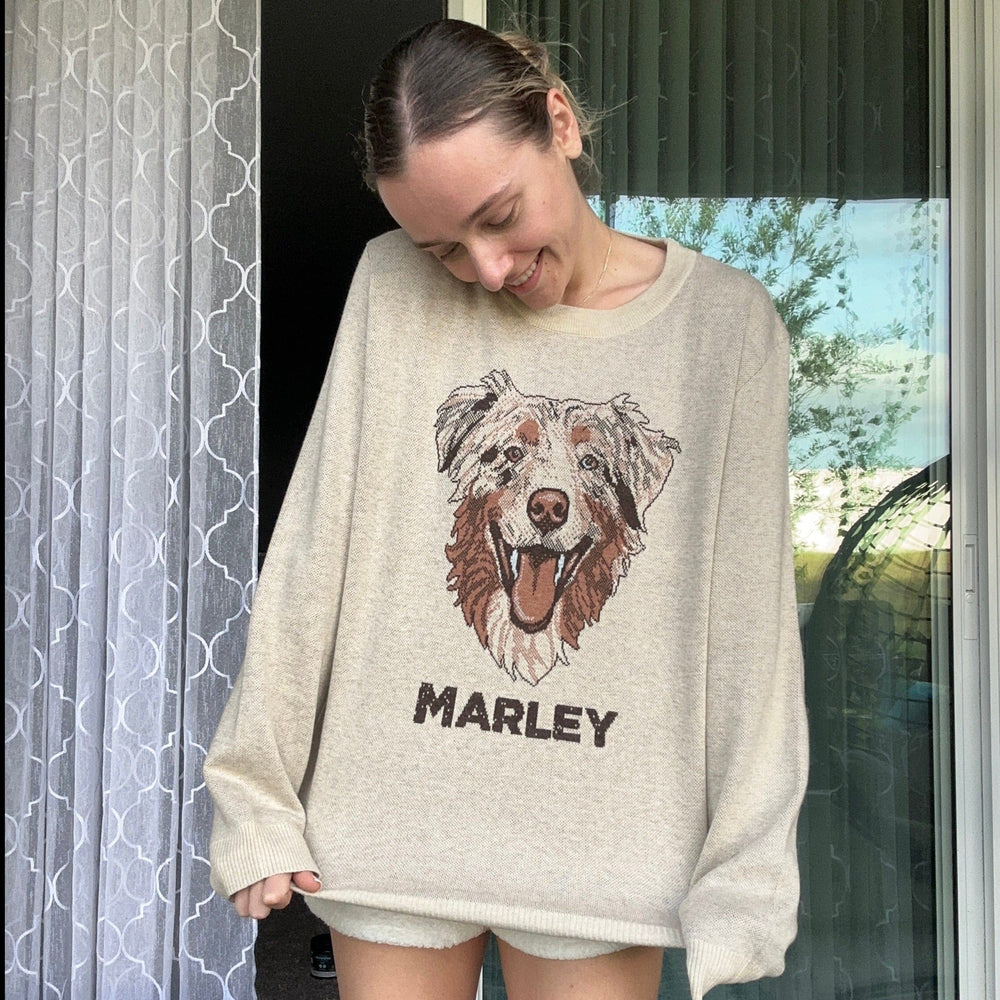

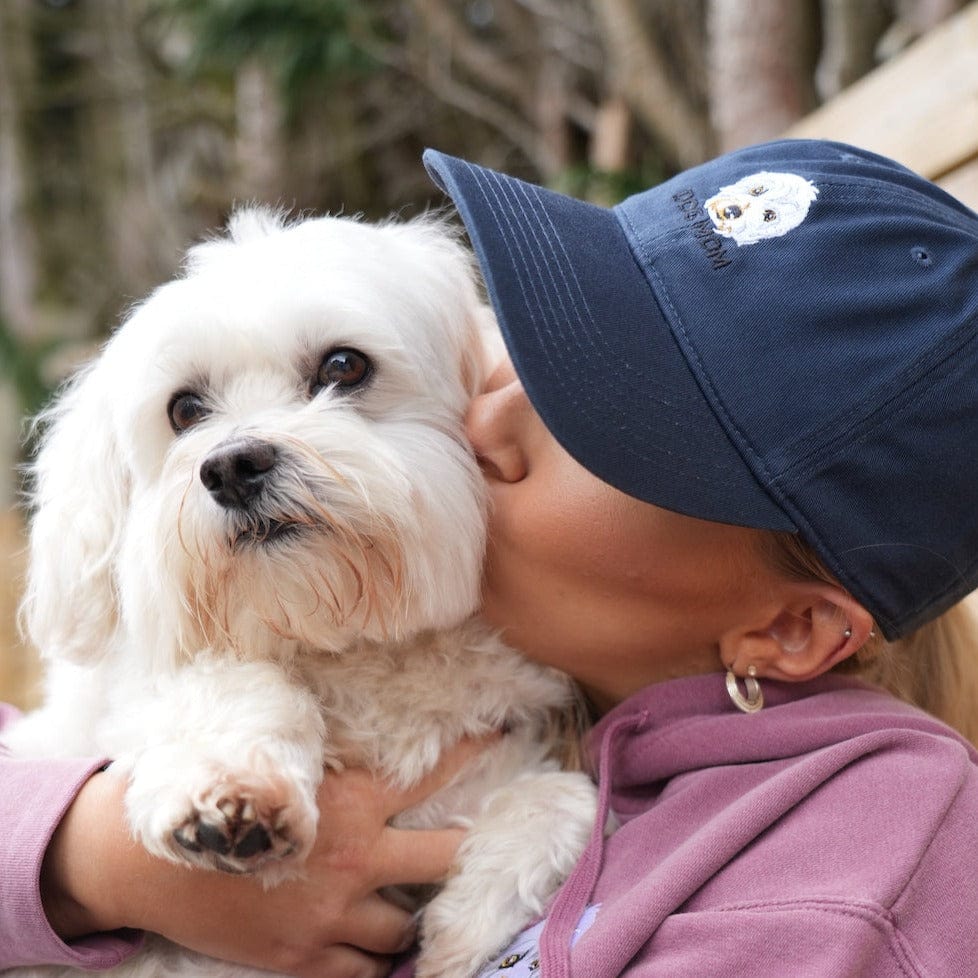
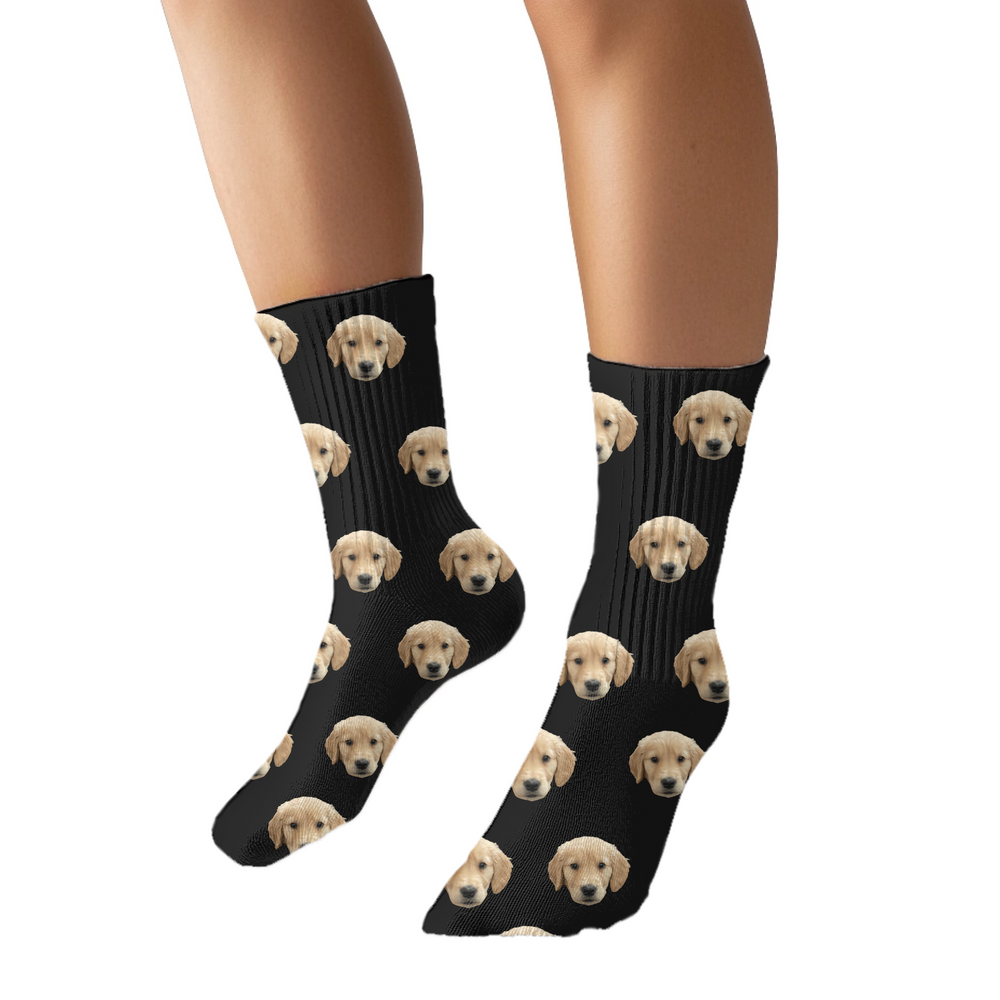

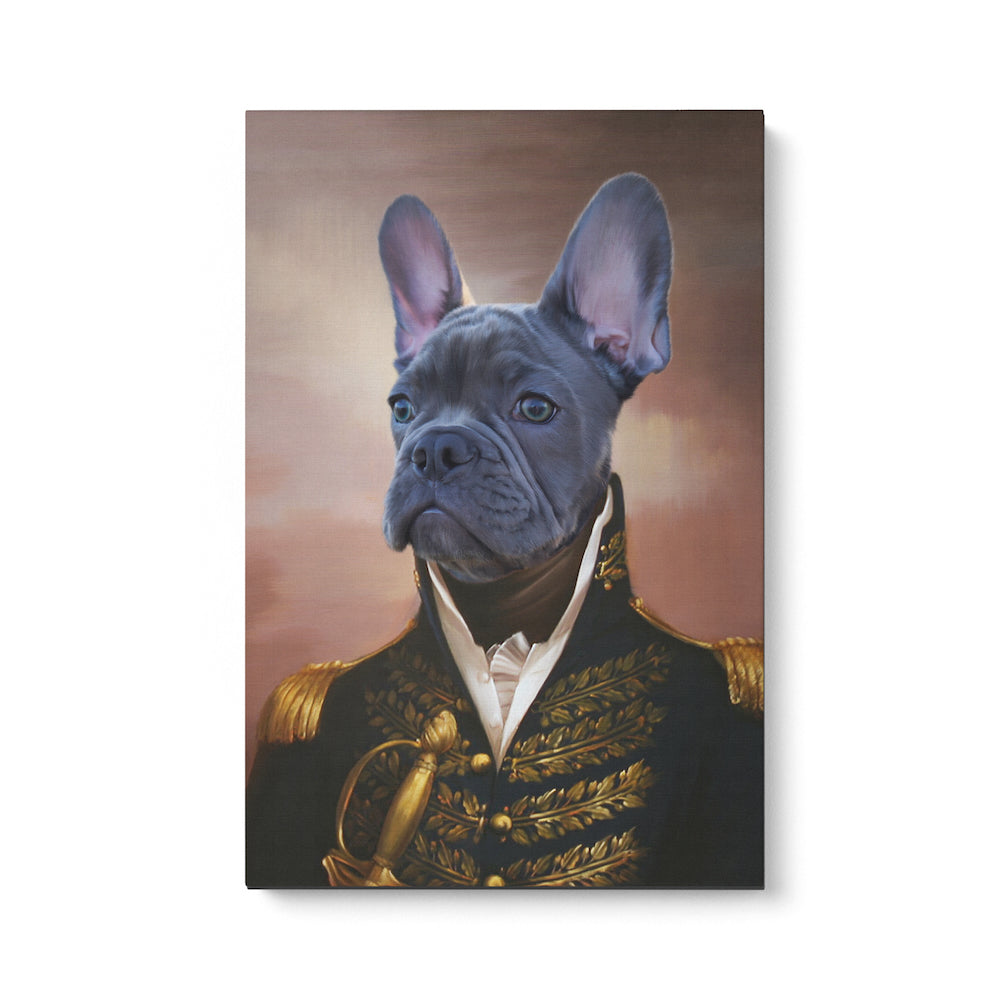


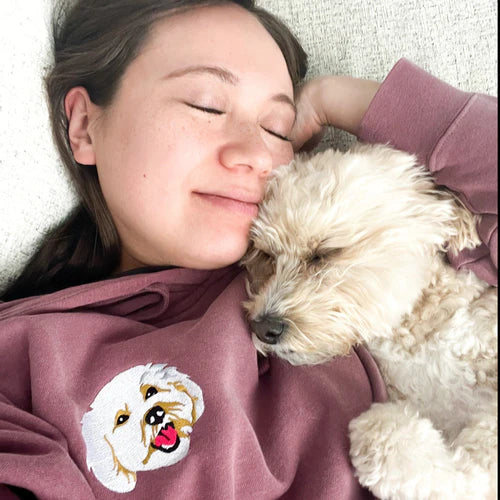
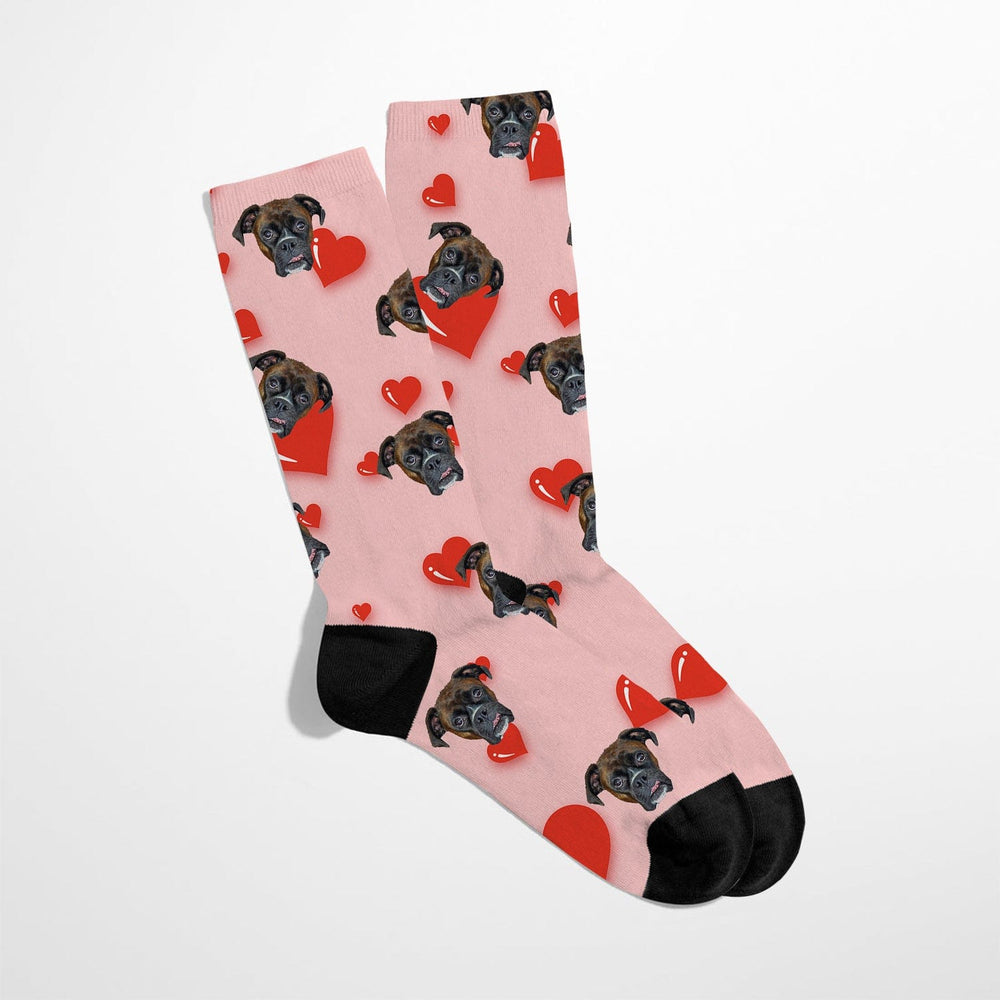

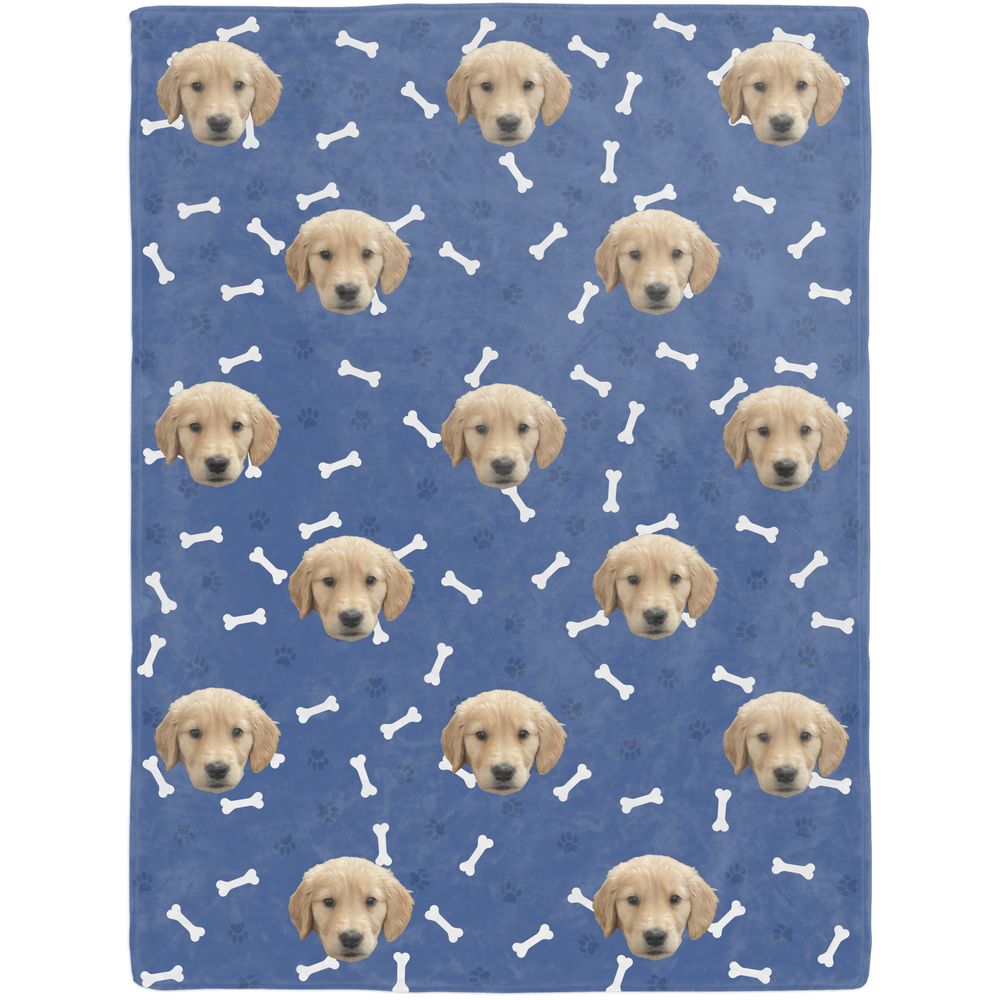





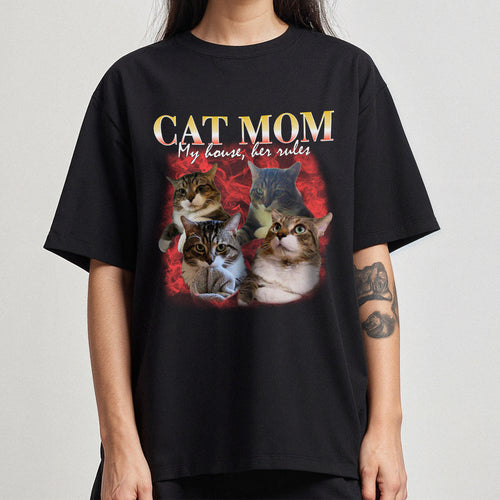



 Reviews
Reviews
 My Account
My Account
 Contact Us
Contact Us
 Help
Help
